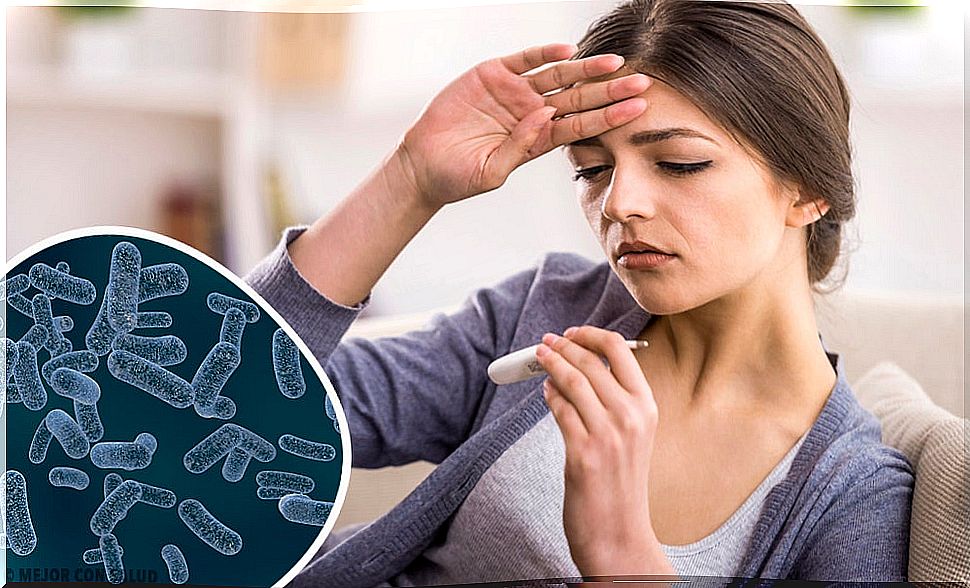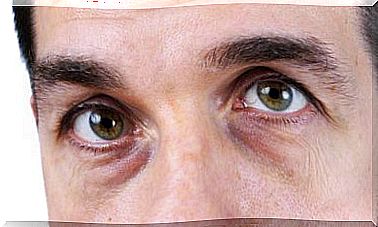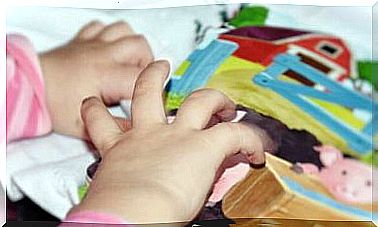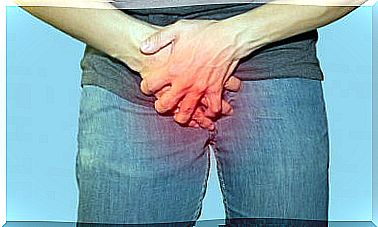Typhoid Fever
Typhoid fever, also known as enteric fever, is an infection caused by the bacteria Salmonella enterica, specifically that belonging to the Typhi seroptype.

Typhoid fever, also known as enteric fever, is an infection caused by the bacteria Salmonella typhi . It exclusively affects human beings and, frequently, the population in developing countries.
The World Health Organization (WHO) considers typhoid fever to be one of the diseases that puts public health at risk, since each year it affects an approximate 16 to 33 million people around the world. Typhoid fever has caused up to 216,000 deaths annually and its incidence is higher in school-age children and young adults.
The most affected areas are usually in Asia and Africa, although it is also present in certain Latin American countries. Therefore, the incidence in developed countries is minimal. However, it is essential to inform yourself about it, especially if there are plans to travel to tropical areas.
Typhoid fever occurs frequently in areas where water does not receive any treatment and sanitation measures regarding food are poor or non-existent. Hence also the number of cases is high.
It should be noted that many times, even in developed countries, there may be cases of typhoid fever, since people can easily be infected by the oral-fecal route.
Causes
The cause of this infection is the bacterium Salmonella enterica, specifically that belonging to the Typhi seroptype . This bacterium is characterized by attacking the digestive system. Once introduced into the body, the bacteria enter the small intestine and multiply rapidly in about 3 to 4 days.
Later, after crossing and colonizing the intestinal lymphoid follicles, they gain access to the mesenteric lymphatic vessels, moving to the blood vessels, thereby dispersing throughout the rest of the body.
Transmission routes
The routes of transmission of this disease are oral and fecal. Since by coming into contact with contaminated water from the sewage system or by eating food or drinking contaminated water (with remains of feces from infected people) you can contract typhoid fever.
On the other hand, the bacteria can be transmitted from person to person by handling food without washing hands after using public toilets or having direct contact with bowel movements or urine and then putting the hand in the mouth.

Risk factor’s
- Have direct contact with an infected person.
- Living or traveling in areas where the disease is endemic.
- Work on the clinical management of Salmonella typhi bacteria .
- Having a weak immune system due to the use of corticosteroid drugs. Or, due to autoimmune diseases.
- Directly ingest water contaminated with S. typhi. Or simply eat poorly washed or contaminated food.
Typhoid fever symptoms
The development of typhoid fever symptoms occurs gradually in most cases. They often occur between the first and third week after exposure to the bacteria. However, these can disappear after two or five days after starting a medical treatment with antibiotics.
First week
In the first days of infection, patients experience acute symptoms.
- Episodes of fever that reach up to 39.5 ºC
- Headaches.
- Feeling of fatigue
- Loss of appetite
- Abdominal pain
- Dry and persistent cough.
- Skin rashes or “pink spots.” Profuse diarrhea, or constipation.
Second week
If the infection is not treated promptly and effectively, a second phase occurs in which the following symptoms are experienced:
- Noticeable weight loss.
- Severe diarrhea or constipation
- High fever, up to 40 ºC.
- Extreme bloating
Third week
If the bacteria manage to survive for three weeks, the patient presents complications such as:
- Nosebleeds
- Intestinal bleeding.
- Difficulties in fixing attention.
- Agitation, delusions and hallucinations.
- Difficulty moving, exhaustion, and half-closed eyes (typhoid state).
Often, in this phase, typhoid fever can cause alterations and lesions in different organs.
Fourth week
Although the fatigue and weakness is persistent, during the fourth week the body temperature begins to reestablish itself to normal levels. Symptoms can return, even a couple of weeks after the fever is gone.
When to consult the doctor?

After identifying the initial symptoms of typhoid fever, you should see your doctor immediately. The sooner antibiotic treatment is done, the faster the development and progression of symptoms stops.
If symptoms reappear or persist after initial treatment, it is best to visit a doctor who specializes in infectious diseases. The latter have more capacity to recognize and treat this disease than a doctor who is not as experienced in this area.









